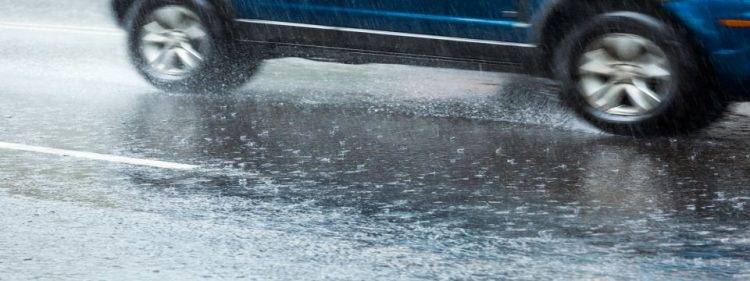Driving in the Rain with Cruise Control: Good or Bad Idea?

Cruise control is a great modern automotive feature, especially when you’re often on the open road. With it, you can maintain a set speed without stepping on the accelerator, allowing you to relax more while driving.
However, cruise control has its limitations, and driving in the rain is one of them.
By itself, rain-drenched roads can be a danger to your vehicle. Rainwater causes oil and grease on the road to rise up, creating a slippery surface where your tires are unable to grip the road firmly. This phenomenon is called hydroplaning, and it puts a huge risk on both life and limb.
Unfortunately, cruise control can make hydroplaning worse because it keeps your vehicle going at a constant speed. When you're hydroplaning, you're supposed to slow down so your tires can effectively eject the water and regain its grip on the road. Having the cruise control on while you're slipping means it'll take longer to recapture vehicle control, and by then it could be too late.
When you see the rain starting to pour down, disable your cruise control and reduce your speed. This applies whether you have other systems that improve traction. The issue here is that hitting the brake when you start hydroplaning--whether you have cruise control on or not--can make you lose control of your vehicle.
When you start hydroplaning, remove your foot off the accelerator, keep your hands steady on the steering wheel, and steer toward the direction of the skid. Wait until you are able to regain control before you attempting to go back in your lane.

Featured Articles
- Latest
- Popular
Recommended Articles For You
Featured Cars
- Latest
- Upcoming
- Popular
Car Articles From Zigwheels
- News
- Article Feature
- Advisory Stories
- Road Test
